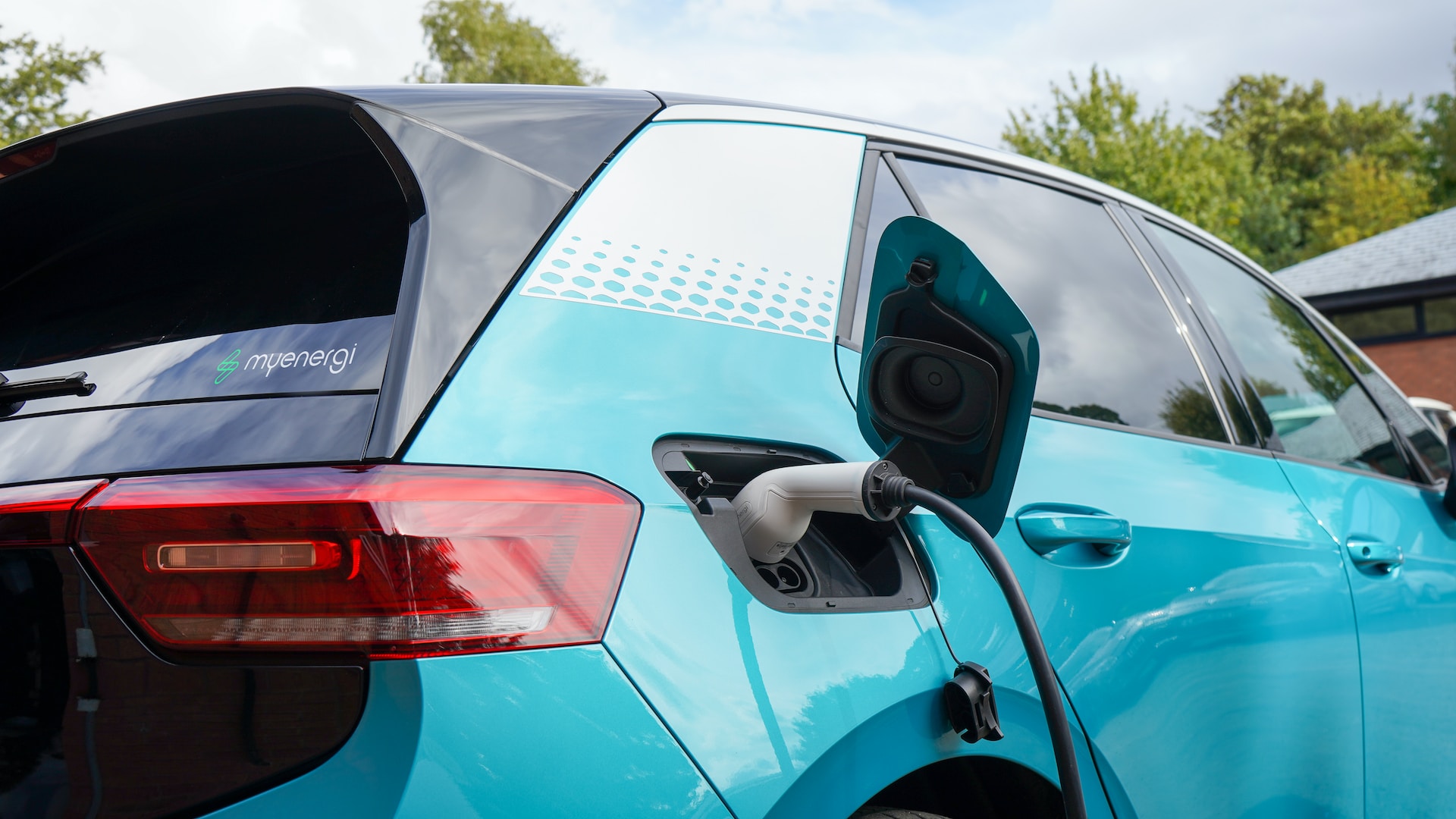The Aftermath of the F-150 Lightning Fire: Implications for
The recent fire incident involving the F-150 Lightning, an electric vehicle manufactured by Ford, has raised concerns about the safety of EVs. While this incident is unfortunate and has caused significant damage to both the property and reputation of Ford, it also highlights the need for greater safety measures when it comes to electric vehicles. In this blog post, we’ll take a closer look at what happened during the F-150 Lightning fire and its aftermath. We’ll also discuss its implications for electric vehicle safety in general and provide tips on how to prevent car fires. So buckle up as we navigate through this important topic!
The F-150 Lightning fire and its aftermath
The F-150 Lightning fire incident occurred on May 26th, 2021, in Michigan. The electric vehicle caught fire while charging in the owner’s garage and eventually caused significant damage to both the car and house. While no one was injured during the incident, it has raised concerns about the safety of EVs.
Ford has launched an investigation into what caused the fire, but initial reports suggest that it may have been due to a fault with the vehicle’s battery or charging system. This is not uncommon as other EV manufacturers have also faced similar issues in recent years.
The aftermath of this incident has been highly publicized, leading to negative publicity for Ford and raising questions about whether electric vehicles are safe for everyday use. However, it’s important to note that incidents like these are rare and that most electric vehicles undergo rigorous testing before being released to consumers.
As we wait for more information from Ford regarding their investigation into this incident, it serves as a reminder of how important safety measures are when using any type of vehicle – gas-powered or electric.
The implications of the fire
The F-150 Lightning fire that occurred recently has raised serious concerns about the safety of electric vehicles. The incident has resulted in a lot of scrutiny and questions being asked about the possible implications of this event.
One major implication is that it may affect consumer confidence in electric vehicles, particularly those manufactured by Ford. This could lead to decreased sales for both Ford and other companies producing similar vehicles.
Another implication is that there may be increased pressure on manufacturers to improve their vehicle safety standards, as well as more stringent regulations from government bodies worldwide. This could result in better quality control during production, more rigorous testing procedures before release onto the market, and greater accountability for car makers who fail to meet these standards.
Additionally, this incident highlights the importance of preventive actions against car fires. It’s crucial for all drivers to know how they can prevent such occurrences by regularly maintaining their cars’ electrical systems, avoiding overloading circuits with too many devices or accessories at once while driving and not smoking inside the vehicle.
This unfortunate event carries significant consequences for the industry – but it also serves as an important reminder for us all: always prioritize your own safety when using any type of vehicle!
How to prevent car fires
Car fires are a rare but serious issue that can be caused by several different factors. However, there are some steps you can take to prevent car fires from happening in the first place.
Firstly, make sure your vehicle is well-maintained and serviced regularly. A poorly maintained engine or worn out electrical components can increase the risk of a fire starting.
Secondly, avoid overloading your vehicle with heavy cargo or towing more than it’s capable of handling. Overheating or overworking your engine puts additional strain on its components and increases the likelihood of a fire breaking out.
Thirdly, be careful when transporting flammable materials such as gasoline or propane tanks. Make sure they are stored securely and away from any heat sources such as exhaust pipes.
Pay attention to warning signs such as strange smells or smoke coming from your vehicle. If you notice anything unusual, pull over immediately and turn off the engine before investigating further.
By following these simple tips and being vigilant about potential hazards, you can reduce the risk of car fires occurring and keep yourself safe on the road.
What to do if your car catches on fire
If your car catches on fire, the most important thing to do is to remain calm and act quickly. Here are some steps you can take:
1. Pull over: As soon as you notice any smoke or flames coming from the vehicle, find a safe place to pull over immediately.
2. Turn off the engine: Once you have safely pulled over, turn off the engine and remove yourself and any passengers from the car.
3. Call for help: Dial 911 or your local emergency services right away to report the fire.
4. Use a fire extinguisher: If there is an available fire extinguisher nearby, use it cautiously on small fires only if you have been trained in its use.
5. Stay clear of the car: Do not attempt to open the hood or trunk of a burning vehicle as this could cause an explosion or spread flames throughout other parts of your vehicle.
Remember that safety should always be your top priority in such situations. By acting calmly and promptly, you can minimize damage and prevent injuries during a car fire emergency
Conclusion
The F-150 Lightning fire has raised significant concerns about the safety and reliability of electric vehicles. While it’s important to note that this incident was an isolated case, it still highlights the need for proper safety protocols when handling EVs.
Ford has been quick to respond by launching an investigation into the cause of the fire, and we can expect more stringent testing measures in place before these vehicles hit showrooms. As consumers, we need to be aware of how to prevent car fires and what actions to take if a vehicle catches on fire.
Electric vehicles have come a long way in terms of technology advancement and environmental impact reduction. However, as with any new technology, there are risks involved. By staying informed about EV safety standards and best practices, we can continue to push towards a more sustainable future without compromising our well-being or that of others on the road.










